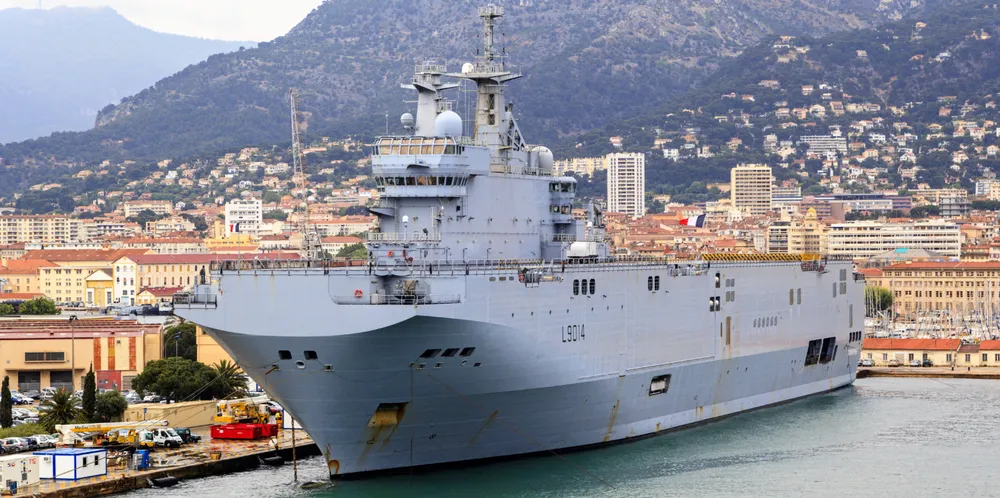EU Defence Agency seeks closer offshore wind links amid Russia fears
Agency tries to enhance cooperation between wind at sea and defence activities amid fear of increased security threats

The European Defence Agency has launched a tender for a project that can foster closer links between offshore wind and defence activities in the continent's waters.
Up for grabs is a “service contract for the provision of technical expertise in establishing and running a simulation environment for fostering the co-existence between offshore renewable installations and defence activities,” the agency said in the description of the tender details.
While the estimated value of the project is only €800,000 ($872,000) its implications for the offshore wind sector are wider.
“Offshore wind is growing at an impressive pace to reach the EU’s energy goals,” industry group WindEurope said.
“This also means there is an increasing need for cooperation with other ocean users to share the limited space of the European Seas.”
Alongside a degree of competition for maritime space, cooperation between offshore wind and the military can enhance Europe’s security beyond simply reducing reliance on imported energy from Russia.
The project aims to identify challenges and barriers involving the construction of wind farms, and provide stakeholders with recommendations. It is also geared towards enhancing the resilience towards offshore renewable energy security threats.
The European Defence Agency acts EU-wide to help member states buy, develop and operate new assets together to save money, thereby allowing national militaries to work closely together with NATO. It has no military assets of its own.
(Copyright)